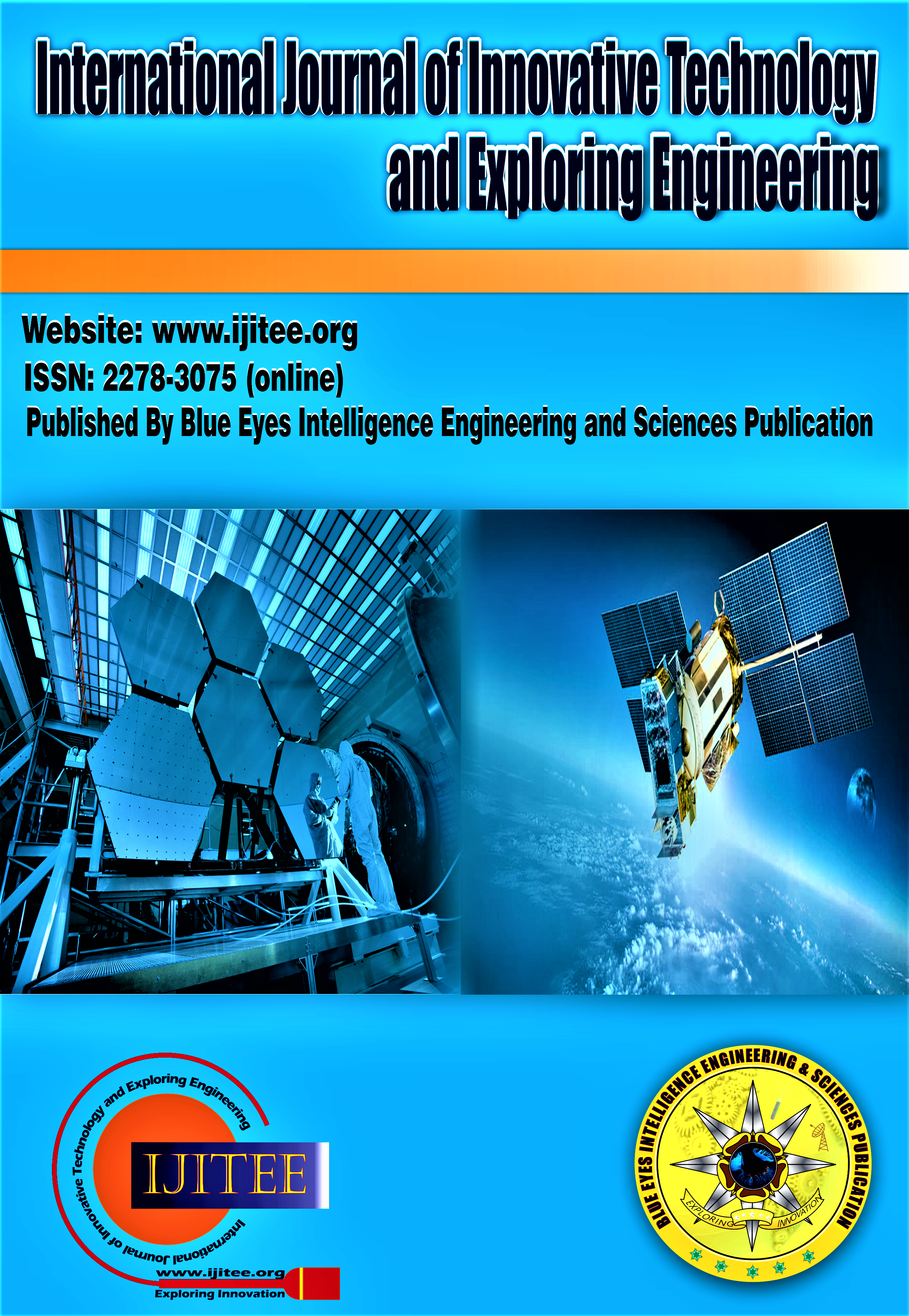Average Propagation Length Analysis for the Construction Industry and Industrial Supply Chains
Main Article Content
Abstract
This study employs Average Propagation Length (APL) analysis to investigate the structural linkages within regional industrial supply chains in the United Kingdom and its devolved nations, Scotland and Northern Ireland, focusing on the construction industry. APL analysis is a pivotal method in Industrial Engineering, offering quantitative insights into the strength, complexity, and extent of cross-industry interconnections. This approach provides a robust framework for understanding manufacturing systems and the intricate relationships that drive sectoral interactions in production chains. Findings reveal that in the UK, the construction industry maintains significant connections with electricity transmission and distribution, gas distribution, and steam and air conditioning distribution. These connections highlight the construction sector’s role as a critical node in the broader industrial network. Geographical distinctions in supply chain dynamics were observed: while inter-industry linkages span two steps in the UK overall, they reduce to a single step in Northern Ireland and Scotland due to their simpler economic structures. The complexity of the UK’s economy facilitates diverse pathways between sectors, resulting in the emergence of intermediate steps during inter-industry transitions. The study emphasizes that industrial linkages across the UK are robust and interconnected, with the service sector forming the core of the industrial supply chain. By driving outward expansion and providing key inputs to industries such as construction and utilities, the service sector underscores the critical role of cross-sectoral integration in enhancing supply chain efficiency and resilience. These findings contribute to the field of Industrial Engineering by providing a comprehensive understanding of regional supply chain dynamics, offering insights into optimizing industrial frameworks and fostering sustainable economic development.
Downloads
Article Details
Section

This work is licensed under a Creative Commons Attribution-NonCommercial-NoDerivatives 4.0 International License.
How to Cite
References
Dietzenbacher, E., and I. Romero. 2015. "Production Chains in an Interregional Framework: Identification using Average Propagation Lengths." International Regional Science Review 30 (4): 362–383. DOI: https://doi.org/10.1177/0160017607305366.
C C W, H., S. C. Hsu, S. Pratt, PC chen, APC chan. 2019. “Quantifying the Linkages and Leakages of Construction Activities in an Open Economy Using Multiregional Input-Output Analysis.” Journal of Management in Engineering 35 (1): 04018054. DOI: https://doi.org/10.1061/(ASCE)ME.1943-5479.0000653
Sonis, M. and Hewings, G. J. D. (1998) “TEMPORAL LEONTIEF INVERSE,” Macroeconomic Dynamics. Cambridge University Press, 2(1), pp. 89–114. DOI: https://doi.org/10.1017/S1365100598006051.
Muradov, K. (2021) “Structural decomposition analysis with disaggregate factors within the Leontief Inverse,” Journal of Economic Structures, 10(1). Available at: DOI: https://doi.org/10.1186/s40008-021-00245-5.
Dietzenbacher, E., and Romero, I. (2007) "Production chains in an interregional framework: Identification using average propagation lengths," International Regional Science Review, 30(4), pp. 362–383. Available at: DOI: https://doi.org/10.1177/0160017607305366.
Oosterhaven, J., and M. Bouwmeester. 2013. “The Average Propagation Length: Conflicting Macro, Intra-industry, and Interindustry Conclusion.” International Regional Science Review 36 (4): 481–491. DOI: https://doi.org/10.1177/0160017613486670.
Yang, Z. Guan, G., Fang, H., and Xue, X. (2022) Average propagation length analysis for the changing trend of China's construction industry chain, Journal of Asian Architecture and Building Engineering, 21:3, 1078-1092, DOI: https://doi.org/10.1080/13467581.2021.1928507
Leontief, W.W. (1936) “Quantitative input and output relations in the economic systems of the United States,” The Review of Economics and Statistics, 18(3), p. 105. Available at: DOI: https://doi.org/10.2307/1927837.
Pietroforte, R. and Gregori, T. (2009) “An input-output analysis of the construction sector in highly developed economies,” Construction Management and Economics, 21(3), pp. 319–327. DOI: https://doi.org/10.1080/0144619032000056153.
Jyoti, A., & Chauhan, Dr. R. K. (2020). Block chain Based Data Provenance In Supply chain. In International Journal of Innovative Technology and Exploring Engineering (Vol. 9, Issue 3, pp. 317–322). DOI: https://doi.org/10.35940/ijitee.c7980.019320
Jha, P., & Karn, Dr. B. (2019). Knowledge Managements’ Relevance in Supply Chain Management Process of Indian E-Commerce Companies. In International Journal of Recent Technology and Engineering (IJRTE) (Vol. 8, Issue 3, pp. 1797–1805). DOI: https://doi.org/10.35940/ijrte.c4612.098319
Reddy, V. V. (2019). Enhancing Supply Chain Management Using Blockchain Technology. In International Journal of Engineering and Advanced Technology (Vol. 8, Issue 6, pp. 4657–4671). DOI: https://doi.org/10.35940/ijeat.f9141.088619





